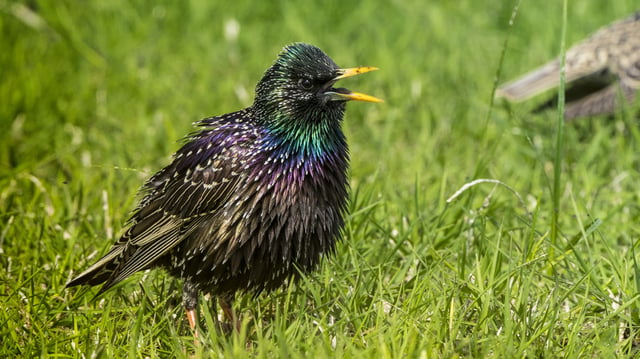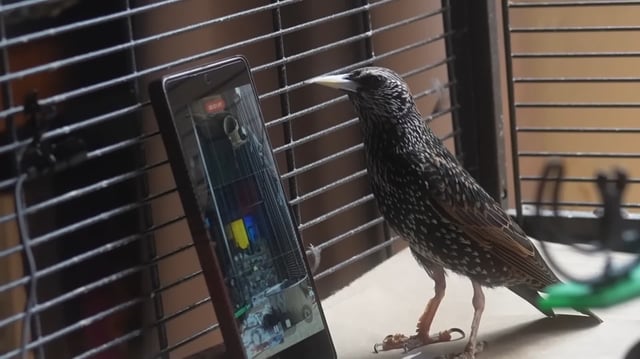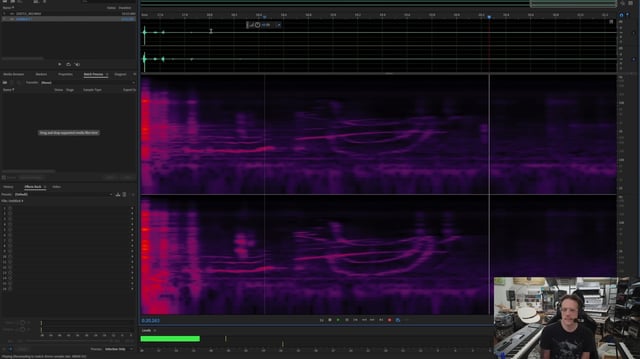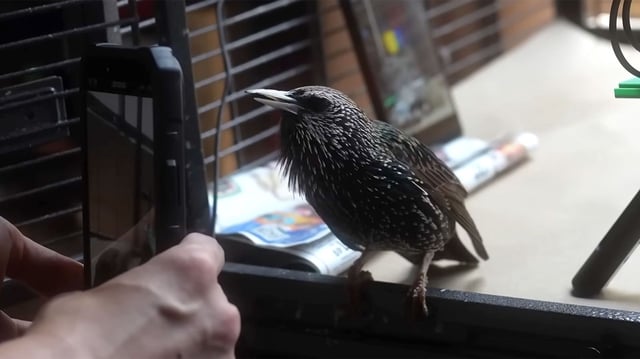Overview
- Benn Jordan converted a simple line drawing into an audio spectrogram and played it to a rescue European starling named “The Mouth.”
- The starling’s accurate mimicry of the waveform allowed software to reconstruct the original image from its song.
- Analysis showed the bird effectively stored 176 KB of uncompressed data in its memory.
- Jordan calculates that applying a 10:1 compression ratio could push bird-based data transfer rates toward 2 MB per second.
- Researchers are exploring the technique’s adaptability for other data types and its role alongside DNA and glass storage innovations.



